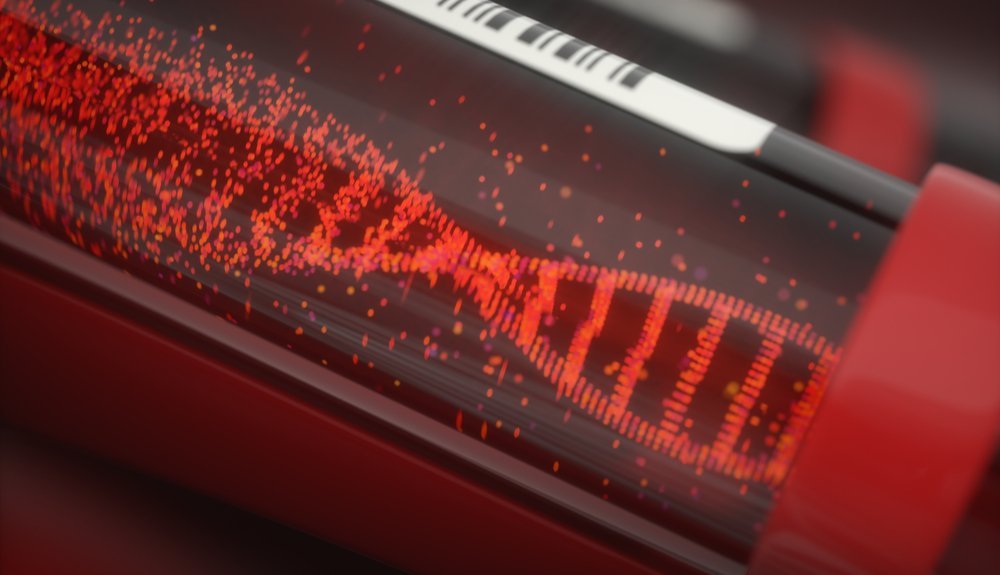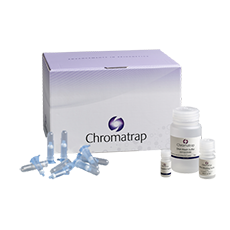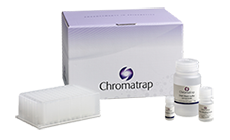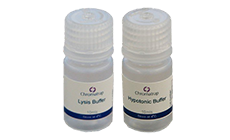With our improved DNA extractions kit, now optimized for blood extraction, we were inspired to delve deeper into the significance of blood extraction in medical and diagnostic research. In this article, we provide a snapshot of DNA extraction history and the most popular methods for extracting DNA from blood samples.
The significance of DNA extraction from blood samples
Since it was first performed in the 1860s, methods of DNA extraction have dramatically evolved and it is now routinely used in the field of molecular biology and clinical research as the first step in the majority of downstream applications. Obtaining high-quantity and high-quality DNA is a key step to successfully performing further molecular research. From basic health checks to drug discovery, blood is vital source providing a wealth of biological information on human physiology and diseases.
First isolation of DNA by Friedrich Meischer in 1869
The first scientist to isolate DNA was Friedrich Miescher. In 1869, while investigating the composition of leukocytes (white blood cells) he was able to isolate an unknown substance that behaved differently to the proteins in solution. Experimenting with alkali and acidic conditions, Meischer had in fact obtained for the first time a crude precipitate of what is now known as deoxyribonucleic acid (DNA). To further investigate his new enigma, the young scientist had to develop his protocols, first by separating cells’ nuclei from the cytoplasm, and then isolating the novel precipitate.
Development of routine procedure (Meselson and Stahl, 1958)
Despite the fact that Miescher published his isolation protocols and findings as early as 1871, a routine laboratory procedure for DNA extraction wasn’t developed until 1958, when Meselson and Stahl performed DNA extraction from bacterial samples using a salt density gradient centrifugation protocol.
From then on, DNA extraction methods have evolved to cover a range of biological sources, allowing researchers to adapt to their extraction needs and the technology they have at hand. Most DNA extraction techniques follow the same key steps, using both organic and non-organic reagents to achieve effective cell disruption and DNA precipitation. Nowadays, the method is simplified and automated, performed using commercially available DNA extraction kits.
Main methods for DNA extraction from human whole blood samples
DNA extractions methods fall into two main categories - solution-based and solid-phase. While solid-phase sample preparation involves separating the DNA from other compounds based on their physicochemical properties, solution-based protocols use organic solvents or salting out technique to extract the DNA.
When choosing which method to use to extract DNA from blood samples, you should consider the following factors: sensitivity, speed, ease and consistency. In certain settings, an additional consideration is the amount of specialised equipment required and the level expertise needed to operate it, meaning an easy-to-use all-in-one DNA extraction kit is preferable over more complex machinery.
DNA extraction kit development and automation
Since the routine procedure for DNA extraction was first established, a range of kits have emerged parallel with the development of different extraction methods. Many commercially available DNA extraction kits use a liquid/solid-phase approach for the purification of DNA.
Another common approach utilised by a range of widely sold extraction kits is the silica-based approach, which yields high-quantity, low contamination DNA within an hour by incubating blood samples with a lysis buffer.
Nowadays, DNA extraction kits are an essential component of all automated equipment designed to perform a range of protocols, from sample lysis to complex downstream applications. The advantages of automated DNA extraction devices include shorter protocol times, a lower number of sample transfers and reduced risk of pipetting error.
When compared to manual extraction methods, automated extraction kits tend to be simpler, quicker and produce the purest DNA. In general, DNA extraction kits tend to be both the most cost-effective and the most user-friendly solution, in some instances requiring very little starting material.
Since it was first discovered nearly a century and a half ago, DNA extraction has evolved into a diversity of research methods, shifting from manually performed solid-phase and solution techniques to using automated devices which incorporate these functions.




